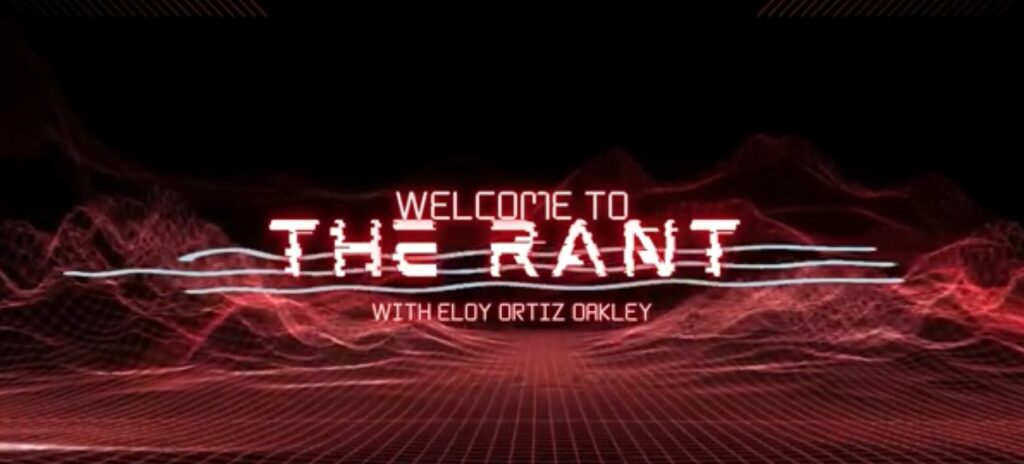Often the most exciting new developments in education are also the riskiest. A new report by McKinsey Consulting shows that, as a result of the significant shift to online learning during the pandemic, massive amounts of venture capital have gone to EdTech companies that promise to re-invent college education.
“Investors have taken note,” the report says. “Edtech start-ups raised record amounts of venture capital in 2020 and 2021, and market valuations for bigger players soared.”
The problem is, we’ve heard that before. For all the hype about the transformative power of technology in education, there is a long history of expensive technology in education failing to change anything for the better. Lots of flash, lots of funding … and almost no long-term change.
Calbright is an all-digital college which embraces the power of technology to make a difference in education, so obviously we believe in the potential of EdTech. But we’re also keenly aware that often new advances in technology are used to “reform” education on behalf of the people who already have the time, resources, and flexibility to make traditional colleges work. It’s not an accident that the very same tech companies that have terrible records on diversity and equity end up creating “innovative” products that best meet the needs of affluent young people who are already prepared for success. The same thing applies to Education Technology.
Which doesn’t mean that innovations in EdTech are bad things — we want more innovation! — but it does mean that we need to think very carefully about who the technology is intended to help, and whether it actually solves real problems, before we bend over backwards to adopt it. This is why, at Calbright, we pair online learning with human-powered support services.
Using The Right Technology For The Students Who Need It
The McKinsey report tempers its optimism on EdTech investments by making some very good suggestions about conditions that should be met before new technologies are adopted by schools and colleges. They include:
- Get everyone to agree on what a particular technology needs to accomplish before implementing it
- Factor in students’ ability to access the technology before you require it
- Have high quality tech support for everyone who uses it
- Agree on the metrics you’ll use to measure success
These are all great points, and very important. But we’d like to add another condition that we, as an exclusively online public institution dedicated to serving non-traditional students, have found to be essential. Specifically:
- Does the technology empower students to pursue their own goals and make their education accessible to their own lives? Or does it create even more hoops to jump through and more boxes to fit in?
One of the biggest problems with applying EdTech to educational environments is the degree to which the technology ends up reinforcing existing structures that keep people out. By assuming that all students have the same needs, when in fact different populations of students have very different needs. Treating technology as a “one size fits all” solution for different populations increases the marginalization of those already struggling to gain access.
EdTech, in other words, is at its most effective when it is in the service of increasing accessibility for more kinds of students. When it’s not, it’s often counter-productive.
Blending High Tech With High Touch
This is why Calbright’s approach is high-touch as well as high-tech. We use the opportunities provided by an online program to connect more with our students, not less: we have counselors, coaches, and career services staff on hand as well as instructors, and they’re all accessible by whatever technology a student feels most comfortable with. We use technology to enhance our students’ ability to make their education fit their lives, not to try to squeeze them into ever more rigid programs.
Technology for technology’s sake can end up making entrenched problems worse. Technology in the service of specific students and their specific goals can change lives for the better.
When it takes the accessibility needs of diverse populations into account, it can work brilliantly. Otherwise, we can expect to see a lot of solutions in search of a problem.



